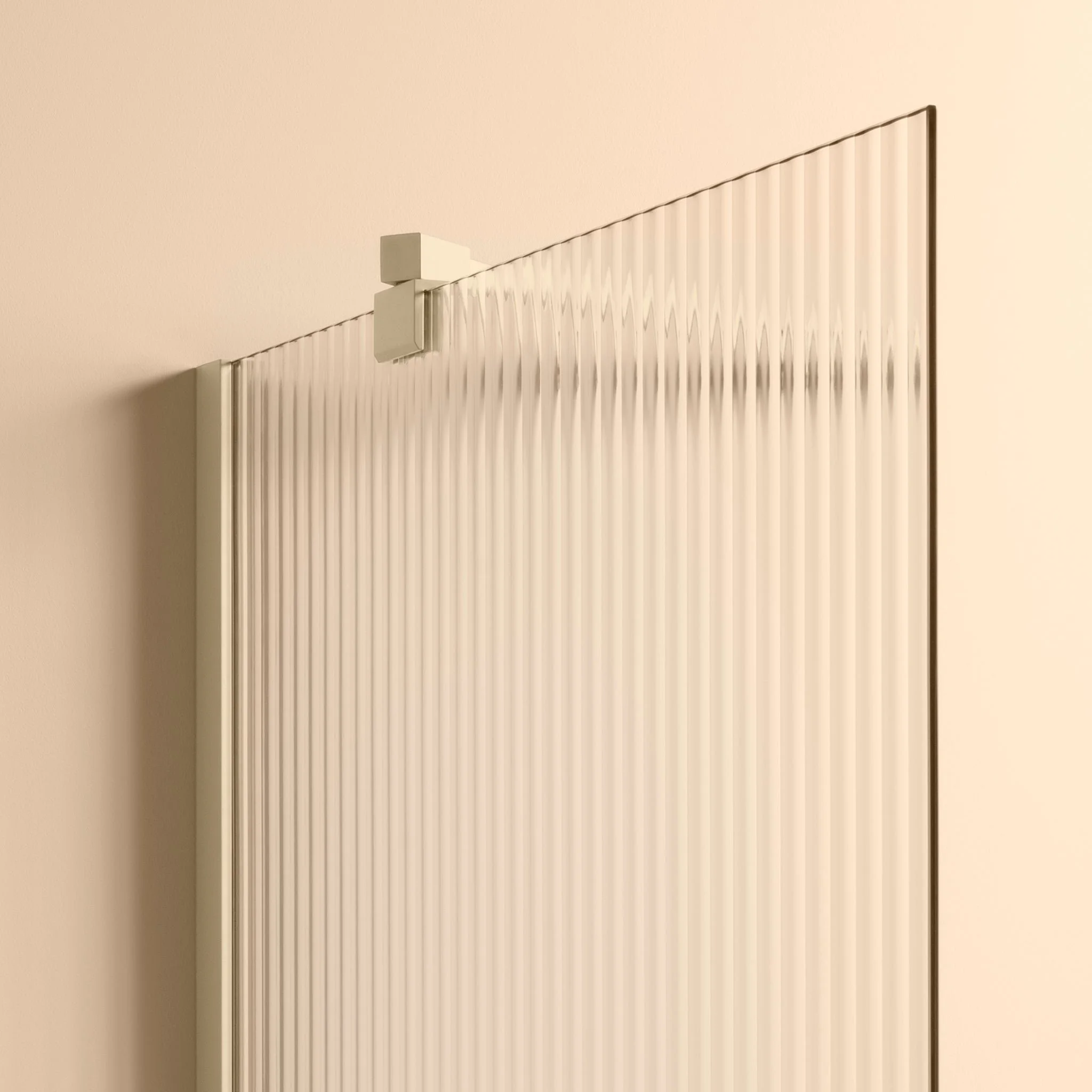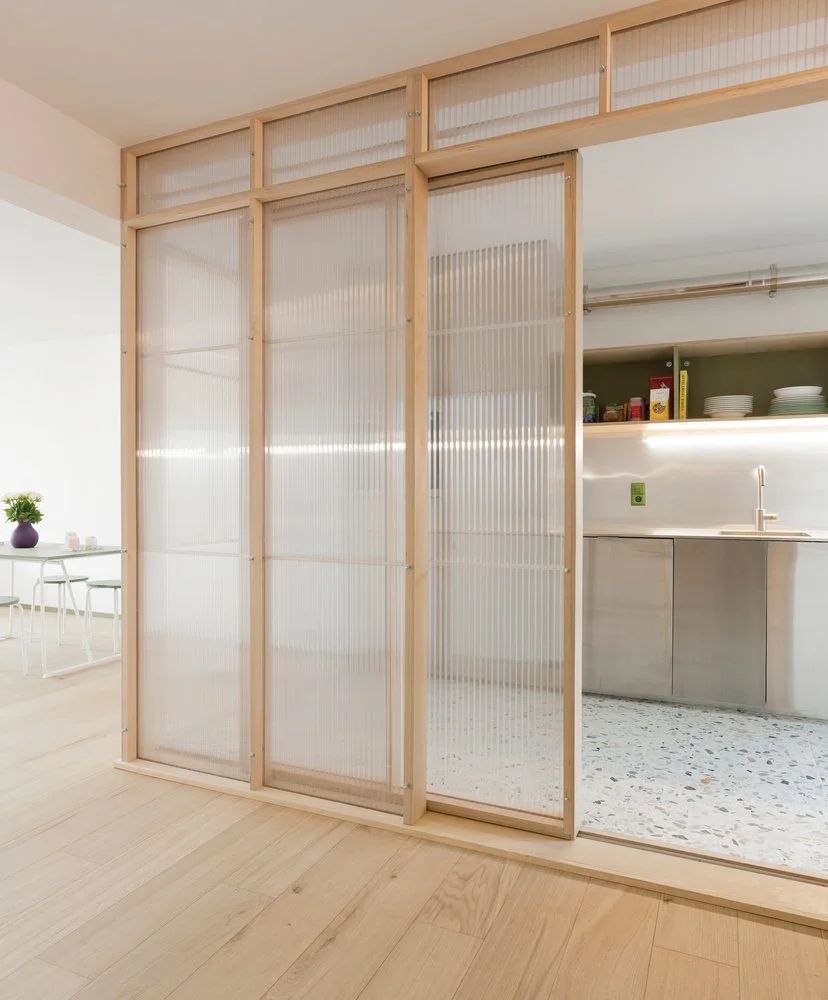Reeded Glass - A Versatile and Unique Addition to Your Home Decor
Hey everyone,
I keep coming across a fascinating material that I just can’t ignore - reeded glass! This type of glass has been around for quite some time, but it's making a comeback in the interior design world.
photo via. toniton
So what exactly is reeded glass? It's a type of textured glass that has vertical ridges, giving it a unique appearance and texture. The ridges are created by running molten glass through rollers, which leaves behind the pattern of the rollers. This process can also be done with sandblasting or acid etching.
One of the best things about reeded glass is its versatility. It can be used in so many different ways, from cabinet doors to shower enclosures to room dividers. And because it's translucent, it allows light to pass through while still maintaining a level of privacy.
photo via arch daily
One popular way to use reeded glass is in kitchen cabinets. It adds a level of interest and texture to a space that might otherwise feel flat. Plus, it's a great way to showcase your favorite dishes or glassware!
Another way to incorporate reeded glass is in a bathroom as a shower enclosure. It's a beautiful and unique alternative to traditional clear glass. And because it's not completely transparent, it provides a bit more privacy than a clear glass shower enclosure.
photo via vogue paris
If you're feeling adventurous, you could even use reeded glass as a room divider. It adds a level of separation to an open-concept space while still allowing light to pass through.
Overall, I'm really loving the resurgence of reeded glass in interior design. It adds a level of interest and texture to a space while still being functional. Would you consider using reeded glass in your own home? Let me know in the comments!



